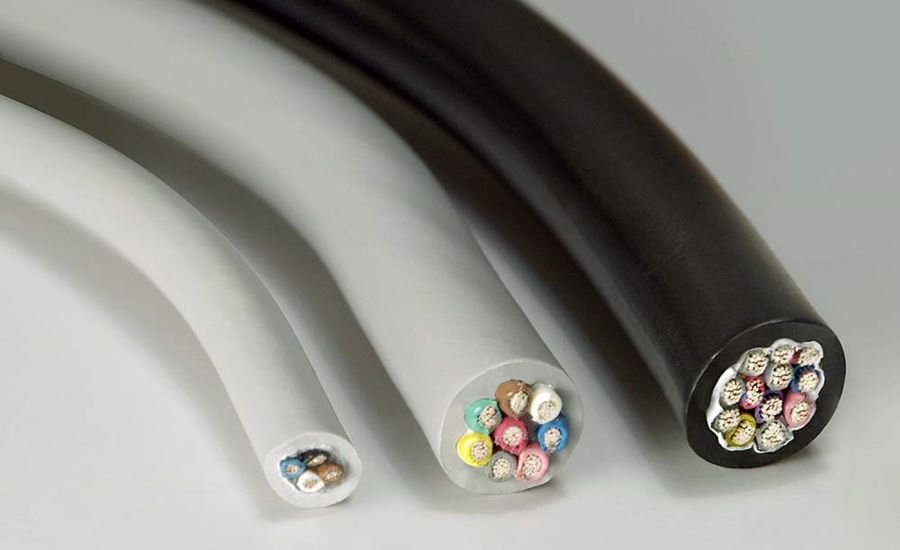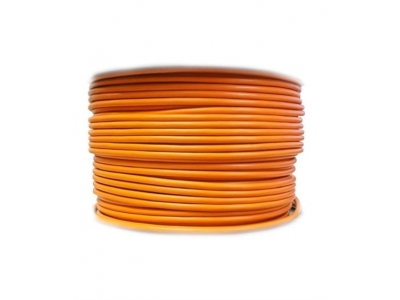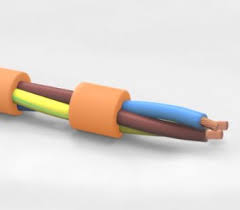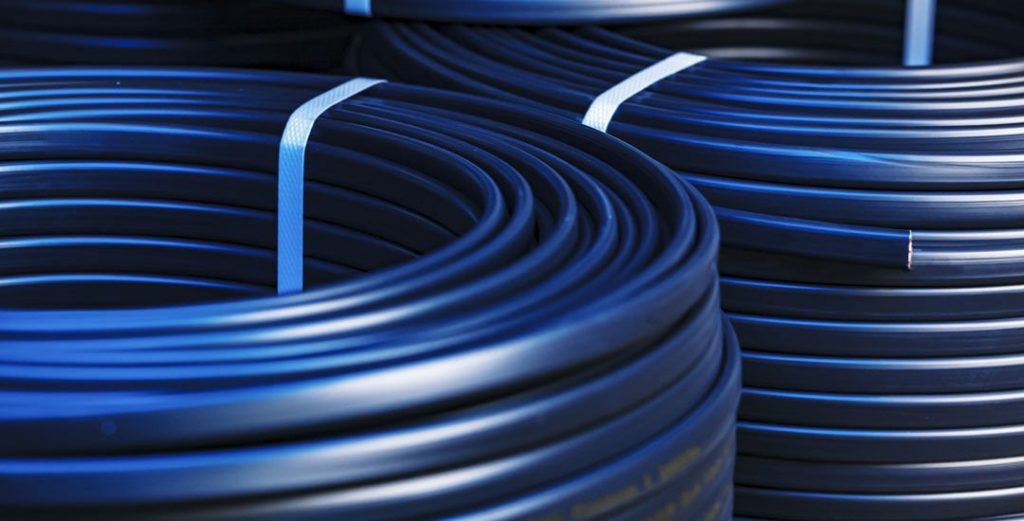
What Is TTR Cable Used For? TTR cable can be defined as the type of cable in which the conductors formed by bringing together a large number of thin copper wires and covering them with PVC are brought together with a PVC sheath and filled with PVC filling between them. TTR cables can have different numbers of conductors covered with PVC in their structure. Each core of PVC cables also consists of many conductor wires. In order to exhibit the highest level of performance in the use of TTR cable, TTR cable type with features suitable for the usage area and purpose should be selected.
It is possible to use many different cable types during the transmission and distribution of electrical energy. One of them is TTR cables. Since cable types differ according to their usage areas, the qualities of the cables may also vary according to the place where they will be used. TTR cables can also be referred to as NYAF cables.
What Do TTR Cables Do?
TTR cables, which are widely used in the electricity sector, have a flexible usage area. According to the usage area, TTR cables must have appropriate cross-sections. They are widely used as mobile cables in wet and wet areas that will not force the electrical installation, in places where additions need to be made, in lighting installations that are not included in the main electrical installation but are pulled later, in the internal mechanisms of electronic devices and in cables where energy is provided.
Having PVC insulation allows TTR cables to be used safely. TTR cables, which are generally preferred for materials used in homes, should be used in electrical installations where mechanical stress is minimal.
TTR cables are generally used in construction sites, in cases where additional installation is required and extension cables, as well as in wet and humid areas where mechanical stress is low. While choosing the cross-sectional areas of TTR cables, the size of the load to be fed and the length of the cable should be considered. For this, the current carrying capacity of the cables should be checked and the voltage drop calculation should be made. The use of TTR cable can also be preferred in household appliances with electrical connections where there is slight mechanical stress.
TTR cables are made of thin copper wire due to their external structure and are PVC coated. TTR cables can be classified according to the number of cables in them and the amount of cross-section on the cables. TTR cables with a cross section of 1.5 mm and 2 cores are called 2×1 5TTR cables. Since the number of cores in the cables is accepted as an indicator of the durability of the cables, safety and TTR cable current carrying capacities should be considered while choosing the cable.
The high number of cores in the cables is considered a very important advantage in terms of both safety and efficiency. The current carrying capacity of TTR cables varies between 3 – 32 A, depending on the materials used in the production of the cable and the number of cores.
The skin effect, in other words the surface effect, is one of the factors affecting the selection of single core or multi core cable in fine-wire or thick-wire cables. The current passing through a cable is carried towards the outer surfaces of the cable by the skin effect effect, which is much more visible at high frequencies and this can cause losses. In order to prevent this, this problem can be eliminated by using a multi-core cable instead of using a single-core cable with the same cross-section.
Cable Selection Criteria
When choosing a cable, first of all, the usage area and purpose of the cable should be determined. The insulation level of the cable and the ambient operating temperature must be determined. Cable ambient operating temperature has a very important role in the selection of insulation and protective sheath material. If the cable will be exposed to factors such as chemicals, acid, moisture, oil in the working environment, care should be taken to select the appropriate insulation and protective sheath material. Since the cable cross-section can change according to the current and signal it will experience, the cable length is also effective in the selection of the cross-section. Since the movable cable will require changes in the conductor design, insulation and protective sheath materials, it should be determined whether the cable will be fixed or mobile.
Cable Insulation Materials Selection Criteria
When choosing cable insulation materials; Criteria such as electrical properties, flammability, temperature resistance (operating temperature) and flexibility should be considered. In addition, it is important to choose the cable to be suitable for indoor and outdoor use. It affects the choice of protective sheath material used in cable production. The protective cover color is effective for indoor and outdoor use. Black color is UV resistant and is known as the typical external cable color. In cases where other colors have to be used in external applications, the use of UV stabilizers in the protective sheath material should be preferred.
When choosing a protective sheath;
● Cable operating temperature (temperature resistance)
● Flexibility
● Resistance to chemicals and oils
● Combustion property (flame retardant)
● Internal or external use (UV resistance)
● Factors such as resistance to rodents should be considered.





